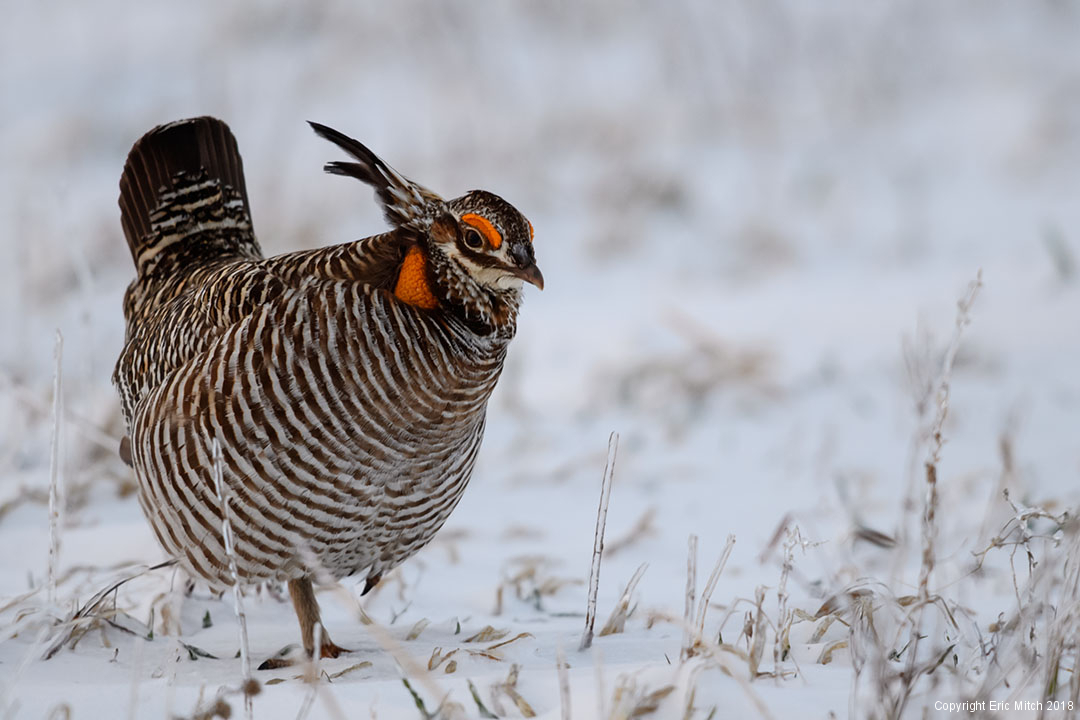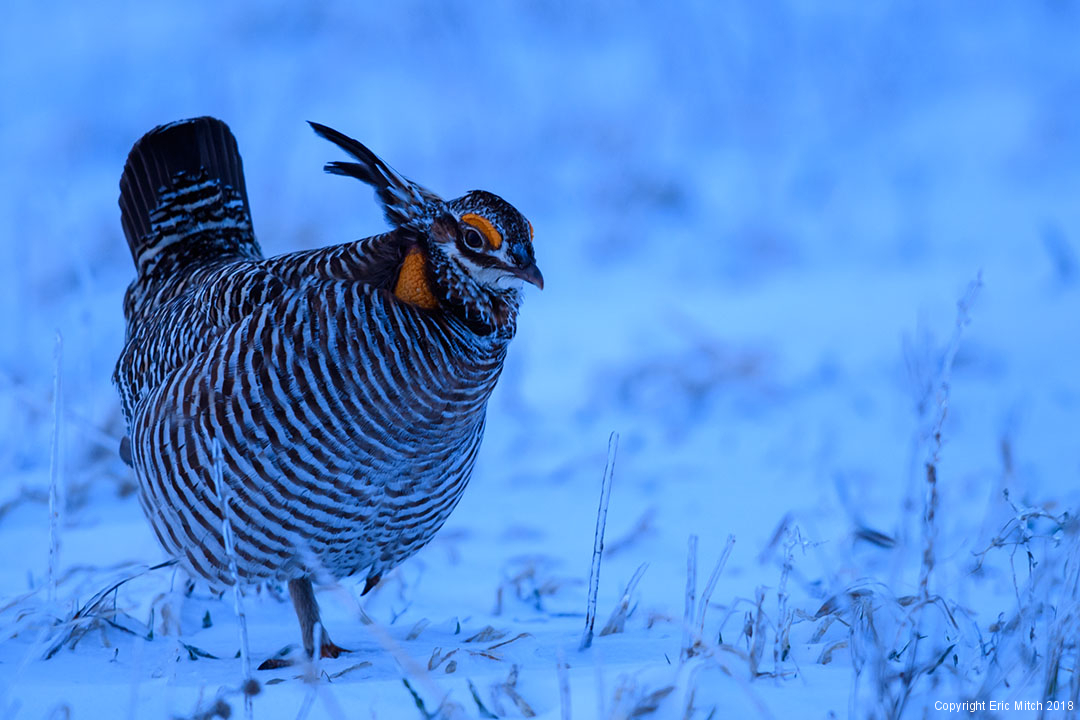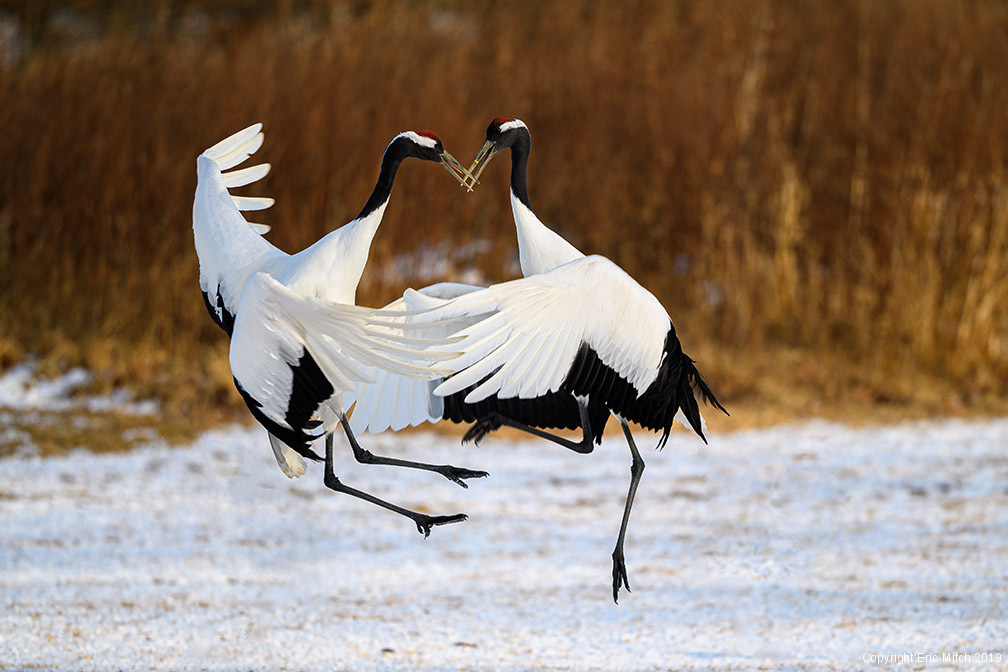White balance can be a very technical aspect of your photography. It can be highly subjective and can be a powerful tool with you photography story-telling. It is also a complex subject that I think can span multiple discussions and thoughts, so I am going to create a white balance series of posts.
Most people leave it on Auto in their cameras and let it decide what the WB should be. This allows you to focus on your subject and get the composition and gesture you want. Many people think if you are shooting RAW, you can “fix” white balance in post. To a certain degree you can, but do you fully understand what you are giving up or throwing away with that approach?
There’s a lot of debate on this subject. Even though RAW files allow you (to a certain extent) to correct for exposure, what balance, highlights, and shadows, by manually configuring these settings in camera you are ensuring you are optimally capturing the most for your photo. When you correct images in post, you typically have to sacrifice some data in the process.
Depending on the type of photography, white balance can be used for various purposes. In product photography, the color accuracy is important so the more technical aspect of color matching is paramount. But when your photography is to tell a story or communicate emotion, the creative aspect can come out and all the rules change.
In the top photos, the Greater Prairie Chicken is shown with a cool color temperature (4800K) and again at where I set the camera, the Nikon D5, manually at 7000K. The first image emotes a “cold” feeling because of the blue color cast, something you may want to do to make the viewer feel cold because of the snow on the ground. But maybe you want the picture to feel warmer, to capture and show that the sun was shining. Here’s the interesting part, in the first image, the camera was set to Auto white balance. That is what the camera “thought” the correct color temperature was. It was fooled because of the snow was interfering with the camera’s ability to meter the light properly. This is where the power of setting the white balance manually can dramatically change how you communicate emotion with your photograph. Take with the Nikon D5 and Nikkor 800mm f5.6.






